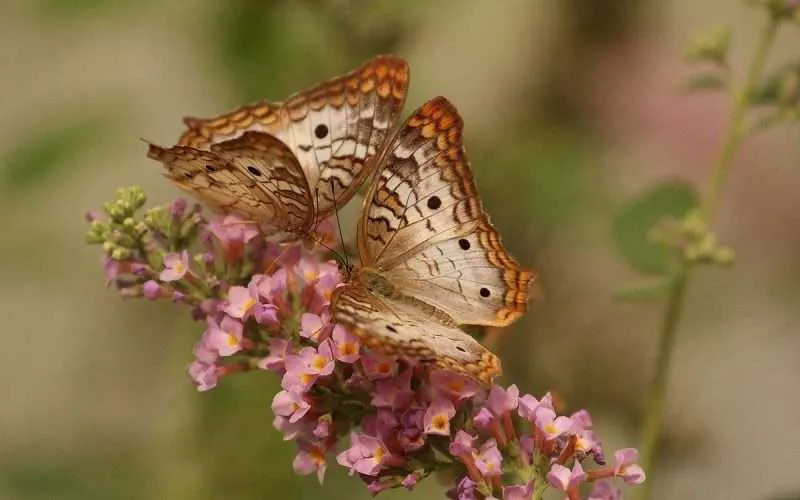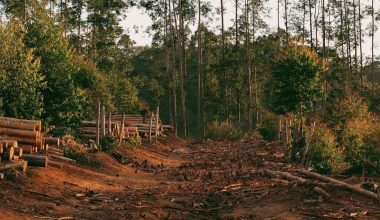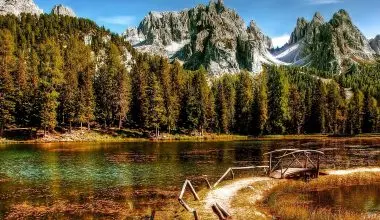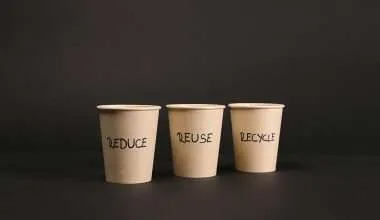Table of Contents Show
Our planet is beautiful, it is filled with a vast amount of life everywhere we go. Life has consistently flourished on our planet due to the plentiful amount of sunlight and the vast amount of water in our lakes, rivers, seas, and oceans.
Wherever we choose to go, we are always surrounded by stunning foliage, flowers, and animals that catch our attention. In every ecosystem, thewere are two essential aspects of natural existence. These are Flora and Fauna.
There are thousands of organisms living on Earth; however, the most commonly encountered by us are animals and plants.
Apart from them, more life forms in different shapes and sizes may be harder for us to see with the naked eye. However, they are just as important as any other organism. This is why the Flora and Fauna are so wondrous to observe and study.
We don’t usually appreciate nature as much as we used to. This is merely due to the technological advancements that have allowed us to interact more and more with gadgets.
When you travel around the world to explore exotic locations. And when you trek through undiscovered trails or go on a safari through wild animals, you can appreciate what nature offers us. These are the Flora and Fauna spread across different parts of the world.
Scientists have made up the terms Flora and Fauna to identify a collection of plants and animals specific to a given geographical area. This is why many of you might have heard phrases like the Flora and Fauna of India, the Flora and Fauna of Indonesia, etc.
What is Flora?
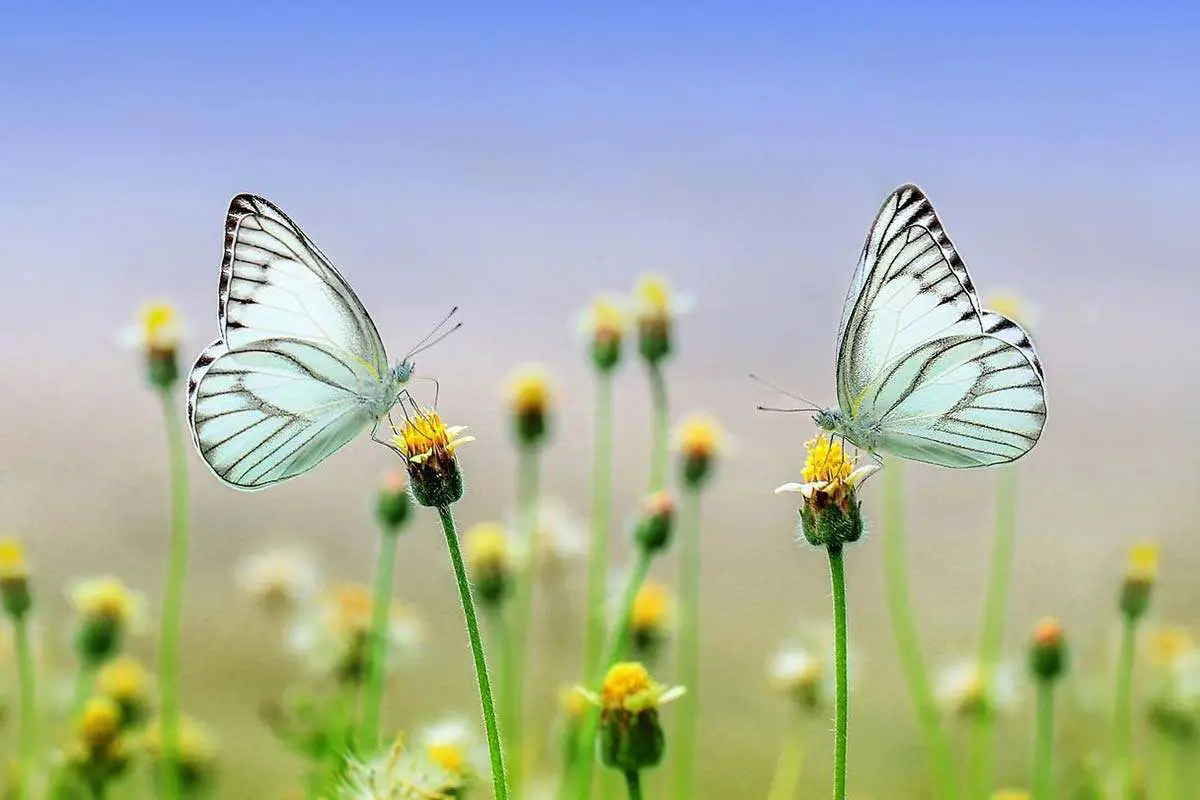
In Latin, Flora is the goddess of flowers. It is the name given to all indigenous plant life that grows or used to grow in a particular area during a given period.
It refers to the native plant life and includes new species growing in that specific geographical area.
The study of plant life is fascinating and allows for different classifications of the Flora. Plants on Earth are different from each other in a variety of ways.
The simplest way to distinguish them is to divide them based on regional distribution. For instance, those growing high in the mountains would not exist in the middle of the desert. In the same way, plants accustomed to living in water are a completely different flora.
Scientists have also gone on to study what we call “Fossil Flora,”. These comprise plant life that used to flourish in pre-historic times. Currently, scientists divide the Flora and Fauna based on the environment they grow in.
“Native Flora” refers to plant life that we see in particular regions. For example, Cacti are native to the deserts all around the world. They can grow in most weather conditions but are native only to the sandy dunes and deserts.
Agricultural Flora is the plant life that is exclusively grown by humans for specific purposes. They may or may not be native but are still grown to fulfill human needs.
Alternatively, there is also “Garden Flora” or “Horticultural Flora”. It refers to shrubs and trees being grown for decorative purposes.
And lastly, we have the “Weed Flora”, these are plants that are not desirable in certain areas and are invading the native plants.
You can find more info on flora here.
What is Fauna?

The origin of the word Fauna is filled with mystery. Roman mythology states that Fauna refers to the goddess of fertility. Fauna is also referred to as Fauns, meaning forest spirits. Fauna is a term given to a collection of animal life living in or that once used to live in a specific area or time.
Just like Flora, we can distinguish Fauna in many different ways. However, their classifications are more complex than the ones for Flora because of the evolution of animal life into different life forms.
To explain a bit, the animal kingdom itself is Fauna; however, we have the “Avifauna”, which refers to birds, and the “Piscifauna”, which refers to fish.
This classification is still straightforward as it doesn’t cover the vast single-celled organisms, such as bacteria and viruses.
We have some microscopic organisms in nature that we can’t see with the human eye. This animal life we call “Microfauna.”Normally we can see Flora and Fauna; however, a vast percentage of life forms live among us that still remain undiscovered and are still unnamed. These are “Cryptofauna”, which refers to scarce animals and may also be mythological.
It is safe to say that our planet is a blessed place in so many ways. The complex ecological systems help us provide us with resources and make the world we are living in a beautiful place to live. None of this would have been possible without the existence of the Flora and Fauna of the Earth.
Importance of Flora and Fauna
1. Maintains an Ecological Balance
Humans would never exist if there weren’t any Flora and Fauna. The Flora generates oxygen through the process of photosynthesis that is used up by Fauna for respiratory purposes.
In return, the Fauna provides and releases carbon dioxide, which is then used by Flora for photosynthesis.
This symbiotic relationship is exceptional and highly coordinated between both Flora and Fauna. These same symbiotic relations are related to humans. If this didn’t exist, humans could not be able to get by.
The oxygen required to survive and carry out aerobic respiration comes from the Flora, whereas the Flora takes up the carbon dioxide we release.
Humans also find benefits from Flora and Fauna in regards to food, medicine, and water. The primary source of food for us comes from plant and animal species. If it weren’t for Flora, there would never be water, meaning that we wouldn’t exist.
Animals help in maintaining equilibrium across the board by predating on plants and other animals that can explode in regards to the population if this equilibrium is disturbed.
The droppings of animals can then be used as fertilizer for plants. Once these animals die, they may decompose and supplement minerals for plants. Similarly, microorganisms on the Earth’s surface benefit from the abundance of food due to droppings.
2. Aesthetic Value
Humans love and appreciate nature. Flora and Fauna do contribute to this aesthetic value.
Up to half of a billion people visit protected natural reserves. These comprise recreation areas, indigenous forests, historic sites, wildlife refuges, national parks, and scenic rivers.
Nothing could have been achieved without the presence of Flora and Fauna, therefore further signifying its importance in our daily lives.
3.Benefits Local Economies
All countries depend on international and local tourism for the strengthening of their economy. Flora and Fauna, contribute a great deal to the success of eco-tourism.
For instance, the Flora and Fauna of the Amazon attract numerous explorers and scientists. This tourism to the Amazon rainforest contributes 50 million dollars to the Brazilian economy.
Examples of Flora
1. Manchineel Tree
It falls under the species of flowering plants in the spurge family. This unique tree originates from southern North America and northern South America.
It contains grapes that can result in rashes if you’re wet. Therefore you shouldn’t seek shelter under it during rain since it produces milk that causes blisters and burns.
2. Giant Redwood Trees

We are now used to typical trees growing in our parks and neighborhoods. However, some of the them can grow to great heights.
One of the classic examples of this is giant redwood trees. This tree is the largest and tallest on the planet, with one of the specimens being registered well above 350 feet tall.
The redwood tree is native to the north coast of California. The climate in this region favors the amazing growth of the giant redwood tree. You can get more insight on this unique tree here. Moreover, it provides shelter for a wide array of birds.
3. Nepenthes
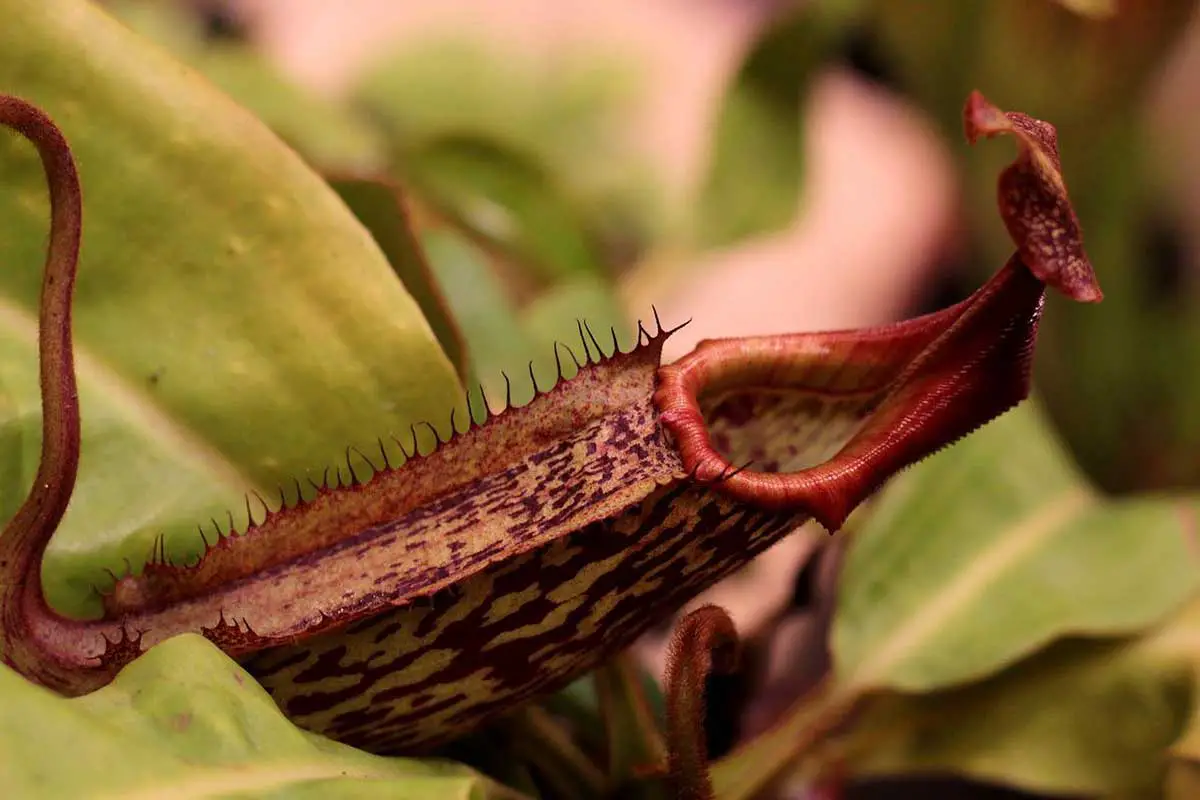
Some kinds of Flora tend to take a proactive approach in developing food for them. A typical example of this is Nepenthe, which comes from the family of pitcher species and originates from Borneo’s jungle.
These floras have adapted leaves that form a considerable pitcher structure. This pitcher has a sweet-smelling liquid that attracts insects and sometimes even frog species.
Once they drop into the pitcher, they can never come out from it due to the smoothness and slippery slides of the pitcher. The pitcher has digestive juices that immediately start to digest these insects and frogs, enabling plants to benefit from nutrients not present in the soil.
4. Welwitschia Mirabilis
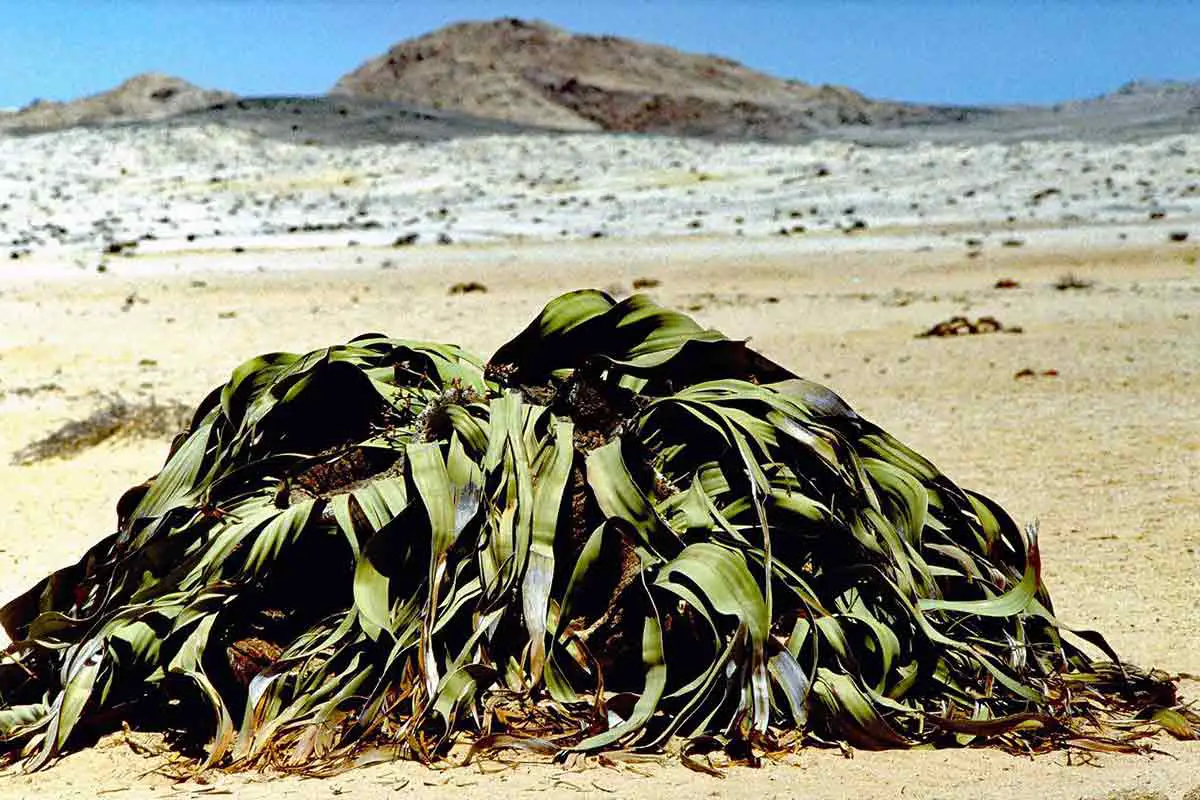
Welwitschia Mirabilis is one of those rare plant species that don’t like rain. It is native to the Namib Desert and thrives in those places that are the driest in the world.
Surprisingly enough, it does feature two large leaves wrapped around it depicting a wilted plant.
Despite it being less attractive than others, the plant can go on to live for more than 1500 years.
This ability is due to the deep root system that can trap underground water even in the driest conditions.
Examples of Fauna
1. Eltham Copper butterfly
Eltham copper butterfly is an endangered species of butterfly. The Eltham area in Victoria supports most of the population of this butterfly.
The butterfly was first discovered in 1938 near Eltham and was later considered extinct in the 1950s. The copper butterfly is a small yet glittering butterfly consisting of bright copper coloring on its wings. This copper coloration makes it visible during the summer season.
2. Southern Toadlet
The animal species features an olive to the dark brown body and is wrapped with many small warts all over its body. The southern Toadlet has a black-and-white marbled appearance around its belly.
It thrives in damp conditions such as woodlands, scrublands, dry forests, grasslands, and drainage lines. The animal is native to the south-east of Southern Australia, south Victoria, and Eastern Tasmania.
3. Coral

Aquatic animals like corals, insects on land, and jellyfish make up the Fauna. Coral reefs have an aesthetically pleasing colored landscape beneath the surface of the ocean.
On sight, you may think as if they are plants, but they in fact are animal species, making up the ocean’s Fauna.
Corals are not mobile like most animals; they feed by picking out their prey that swims by, such as zooplankton. One example of Coral is the Great Barrier Reef in Australia, which is the largest natural coral reef on the globe.
